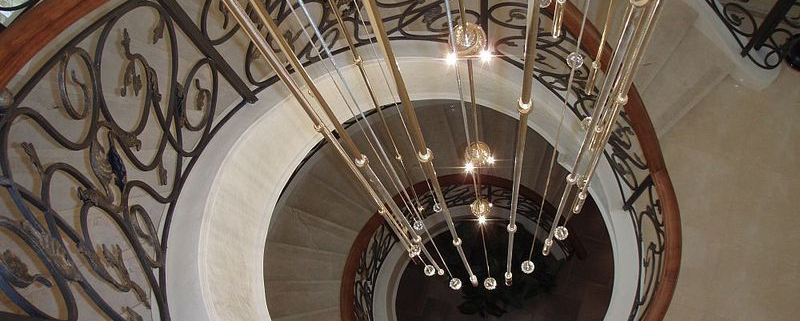Combined windows
Any material that is used in the manufacture of windows in modern construction has its own strengths and weaknesses. For example, metal-plastic windows that are fashionable today are undoubtedly durable, airtight, resistant to external influences, do not require additional finishing and special care, but at the same time they are electrostatic, have the highest coefficient of expansion under the influence of temperature, depend very much on the quality of assembly and installation, and their environmental friendliness is a big question.
Wooden windows win where metal-plastic ones lose: they have high frost and heat resistance to expansion, are environmentally friendly, non-static. But at the same time they are subject to the processes of rotting and damage by microorganisms, hygroscopic, combustible, strongly depend on the quality of wood, in which all kinds of natural defects are very possible: knots, cracks, resin pockets, blue, etc., require constant care and special treatment.
The aluminum profile in the windows gives excellent structural strength, does not require reinforcement or strengthening in any other way, is smaller in size than all other types of materials, which gives greater light conductivity of the window with the same dimensions, even greater durability than PVC profiles, is not flammable and not electrostatic.
The idea of combined windows is to combine the advantages of certain window materials, while minimizing their disadvantages. And in some combinations, this idea does not just have the right to life, it implements the concept of an ideal window. The only and main disadvantage of combined windows is the relatively high cost.
The following combinations of materials can be used in the manufacture of combined windows:
- -aluminum — wood
- -aluminum — plastic
- -aluminum — wood — plastic
The most successful and by far the most common combination is wooden-aluminum structures. In such a profile, the tree is protected by a metal lining from the outside, or all the outer doors are made of metal, and the inner ones are made of wood. Both options also have their pros and cons, and again these disadvantages lie in the cost plane.
Wooden windows in which aluminum linings are used are more expensive than ordinary wooden windows, but much cheaper than structures with external aluminum sashes, since they have more advantages. In addition to the obvious ones, among the advantages of wooden windows with an aluminum profile are the following:
- -the profile securely secures the double-glazed window
- -the tree is reliably protected from weather influences, and consequently from rotting
- -profiles remove moisture from the bindings
- -aluminum profile coating allows you to choose any color solution
- -do not require special surface care or regular painting.



Leave a Reply
Want to join the discussion?Feel free to contribute!